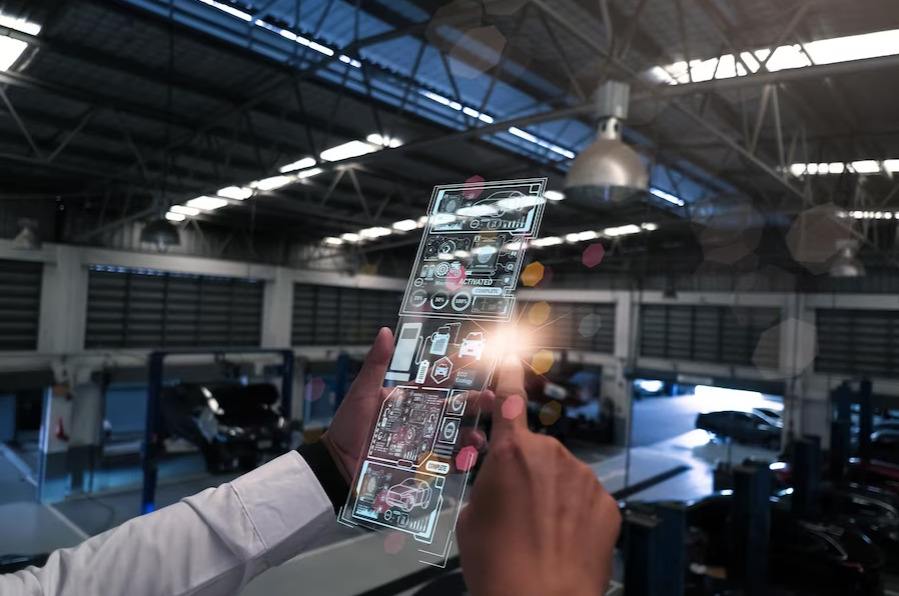Augmented reality is a technology that has the potential to revolutionize the manufacturing industry by allowing factory workers to see and interact with real-time information superimposed on their work environment. This technology is changing the way operations are carried out in modern factories.
In this article, we will examine how augmented reality is being used in factories and how it can help improve productivity and safety.
Improving training and learning
Augmented reality can be used to enhance the training and learning of workers. Instead of spending time reading manuals and attending presentations, workers can use augmented reality glasses to learn by doing. The technology allows for step-by-step instructions to be superimposed on the machines or processes that workers need to follow. This helps to reduce training time and improve understanding of tasks.
Reducing errors
Augmented reality can also help to reduce errors in factories. Workers can see detailed instructions superimposed on their work environment, which can help to reduce errors in handling or assembling parts. The technology can also alert workers to potential errors before they occur, allowing for quick and precise intervention to avoid costly downtime.
Predictive maintenance
Augmented reality can also be used for predictive maintenance of machines. Workers can visualize real-time maintenance and repair information, which can help to detect potential breakdowns before they occur. The technology can also help to identify parts requiring maintenance or replacement, thereby reducing machine downtime.
Reducing risks and improving safety
Augmented reality can help improve worker safety by reducing risks. Workers can see safety instructions superimposed on their work environment, which can help to reduce the risk of accidents and incidents in the workplace. The technology can also help workers to spot potential hazards before they become a danger to themselves or others.
Conclusion
Augmented reality offers significant benefits for modern factories. It can help improve worker training and learning, reduce errors, provide predictive maintenance, improve safety, and reduce risks. The technology is changing the way operations are carried out in modern factories, and is likely to continue to play an increasingly important role in the manufacturing industry in the future.


